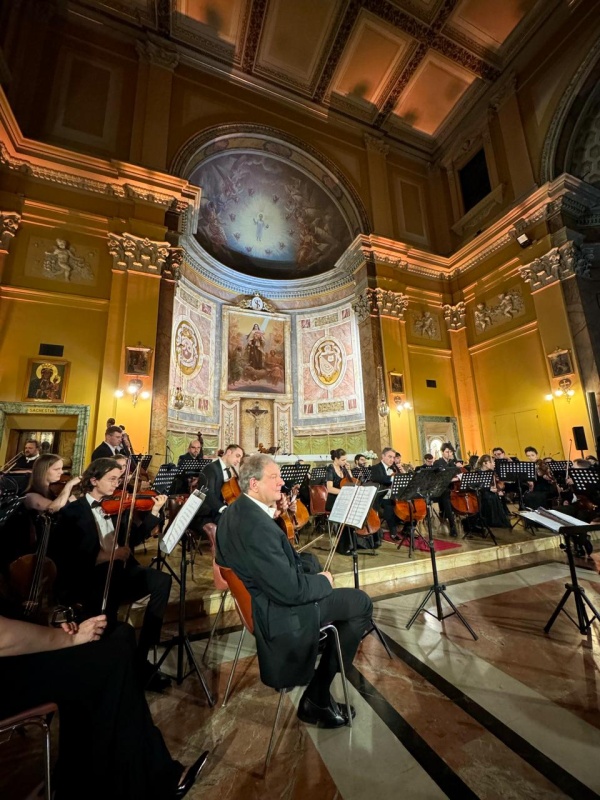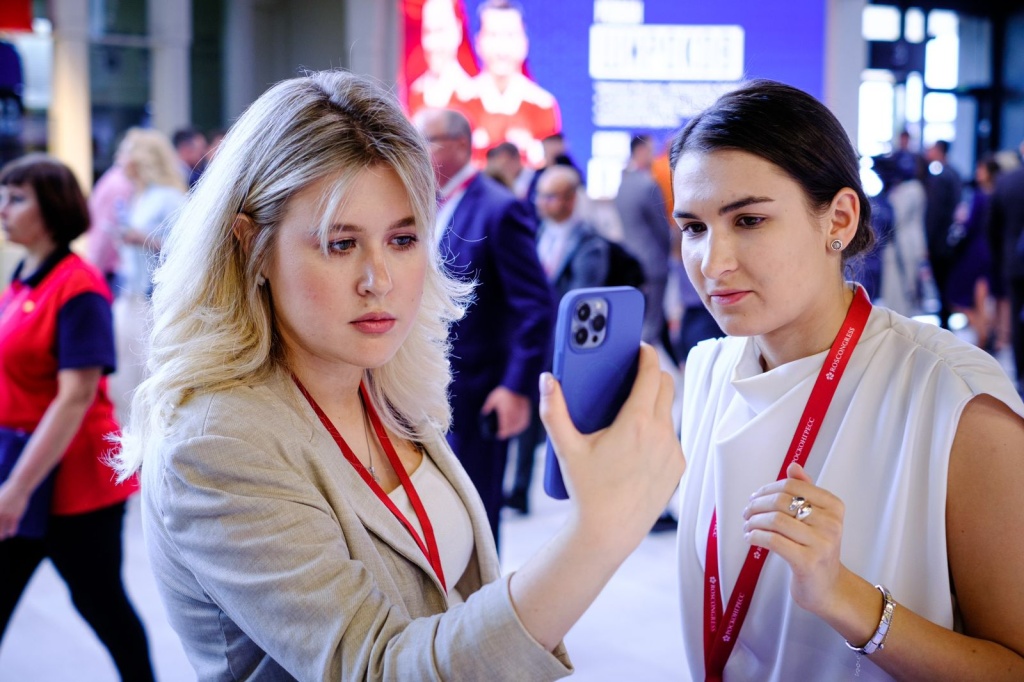
Inclusive Growth: How Best to Address Income Disparity without Stifling Growth
On the first day of SPIEF 2016, a panel session was held on the subject “How Best to Address Income Disparity”. The income gap between rich and poor in the world is widening and an understanding is needed of how to close it, of which countries’ experience to rely on in this matter and how to make prosperity accessible. This is what the session participants talked about.
Moderator: Irina Rossius, Reporter, Russia 1 TV channel
Cyril Muller, Vice-President for Europe and Central Asia of the World Bank Group, announced that the best way to increase incomes was economic growth. The countries of Europe and Central Asia are suffering certain difficulties: for instance, the share of salaries in people’s total incomes is falling and employment does not correspond to the rise in wages.
Continuing this topic, Head of the Sherpa Office and the Global Governance Unit at OECD Andreas Schaal said the following: “In the world of economics, the traditional idea no longer works that economic growth is the be all and end all. It feeds the rich, not the poor.” At the same time, Mr. Schaal said, social inequality is being smoothed out in the developing countries and it has done so in Russia, while, in the developed countries, the “middle class is being squeezed”. The level of production efficiency is also having a negative effect on the economic growth of countries. New technologies have mainly promoted economic development in rich countries, though they have reduced the prospects for the lower population strata to find jobs.
A view of the problem of social inequality in Russia was presented by Chief Advisor to the Head of the Analytical Center for the Government of the Russian Federation Leonid Grigoryev. He explained that, in Russia, if someone works, he does have an opportunity, in one way or another, to rise up the social scale. At the same time, there are, in fact, three or four different lifestyles. There is the Courchevel lifestyle, though he, most likely, does not fall in this category at all. And there are prosperous people, similar to a middle class, making up about 30% of the population. Since 2014, however, people in almost all regions of the Russian Federation have cut their food purchases in nominal money terms (not taking inflation into account). Moreover, as we know, poverty has gone up.
In itself, economic growth does not liquidate inequality, Mr. Grigoryev said. In boom times, the rich reinvest their incomes, meaning they are not distributed downwards, but upwards. Formally, during a crisis, income redistribution decreases. As for the moderately prosperous class, “we believe they work themselves, to we begin to help them”, Mr. Grigoryev added. And social policy needs predictability, as social inequality does not arise from nowhere. The main aim for the economy is to increase the incomes formally of those at the bottom of the scale and give people a chance to work. The income gap affects political stability and the social situation.
Anton Drozdov, Chairman of the Board of the Pension Fund of the Russian Federation, provided figures on social inequality in Russia. The ratio of the incomes of the richest to those of the poorest is greater than the UN recommended level of 1.7 time. About 30% of incomes are in the hands of the ten highest-income categories and only 2.2% in those of the ten lowest income ones.
Tax policy is called on to equalize social inequality through higher tax rates on expensive cars and real estate, a policy of increasing salaries to budget categories of working people and raising the minimum salary by 20%. All categories of the population in need are covered by social support, but the quality of the institutions needs improving. Only 17% of federal allowances are allocated to specific low-income categories and others are of a compensatory nature. The regions have started to take stock of social support measures and reject those that do not help those in need. Moreover, in the order of 3–5% of budget funds could be saved, of which about RUB 10 trillion go on social support (6 trillion in pensions and 4 trillion on social policy).








